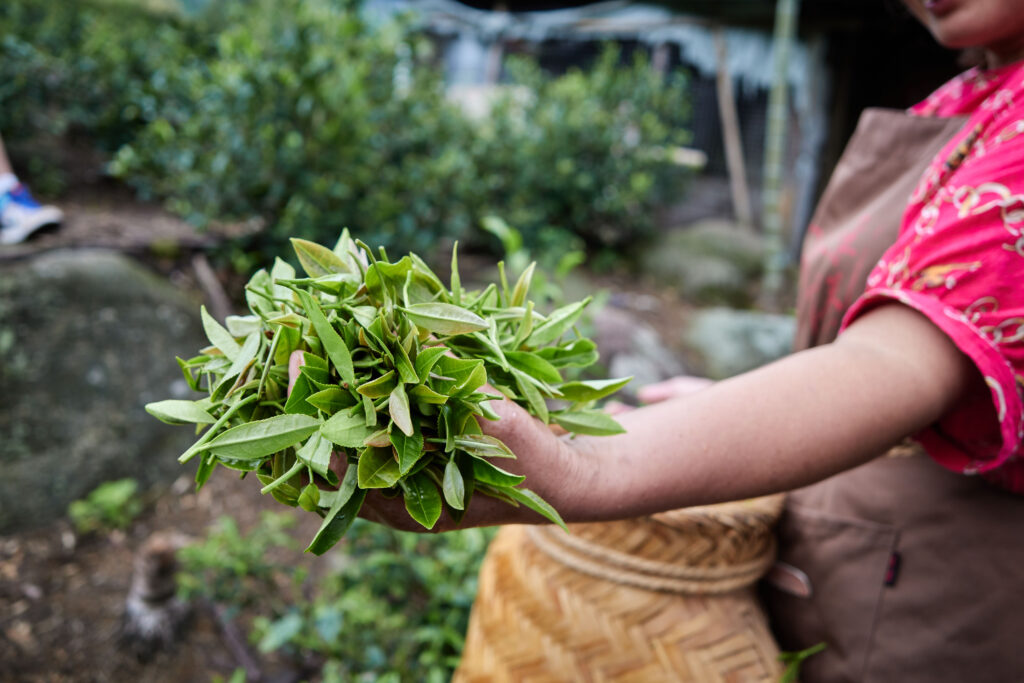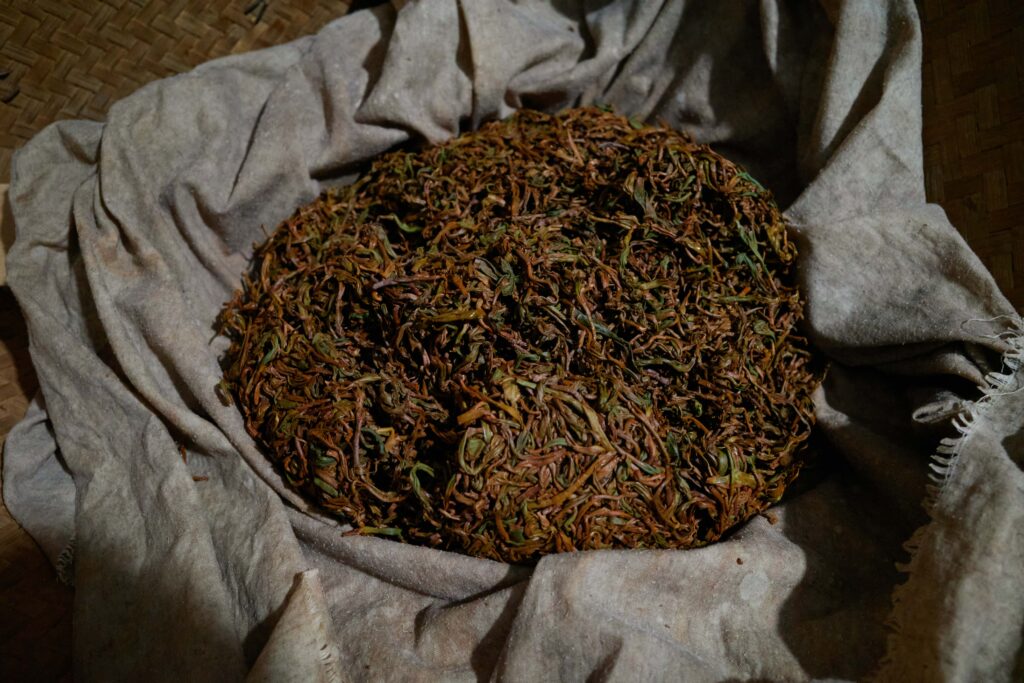The Wuyi Mountain tea from Fujian has been developing for twenty years and has naturally formed a relatively mature tea industry. The “Jin Jun Mei,” invented since 2005, quickly seized the market after mass production and has surely become one of the industry’s unquestionable leaders. Tea from Jiangxi, on the other hand, is somewhat inferior.
I’ve always been curious why tea from Wuyi Mountain in Jiangxi doesn’t sell as well as that from Fujian. Mr. Zhan, the tea farmer, said that in terms of absolute quality, there is little difference between tea from Jiangxi and Fujian. This reminded me of Kapferer’s Brand Identity Prism: Physique, Personality, Relationship, Culture, Reflection, and Self-Image. Since there is little difference in Physique, I think Jiangxi’s black tea has great potential in Personality and Culture.

Where does the “Wuyi River Black Tea” shine? “Wild tea” is a key concept in its promotion. “Wild” emphasizes the preciousness of the tea: no mass planting, no large-scale harvesting. Mr. Zhan introduced me to the most cherished “wild tea” locally, which must not be fertilized and must come entirely from nature, harvested by tea pickers through the wild bushes. This is rare in Fujian’s teas. Fujian teas, though excellent in mass production, fall slightly short in high-end custom teas. From my perspective, this may be a unique advantage for Jiangxi’s tea.
Culturally, Yanshan’s Hekou Town is known as the “First Town of the Thousand Mile Tea Road,” and Yanshan is an important tea production and distribution center in Jiangxi Province. Historically glorious, it was an important tea production site and transshipment port during the Ming and Qing dynasties. Its “Xiao Zhong Black Tea” is one of China’s earliest famous black teas, a true ancestor of black tea. Nowadays however, from a credibility perspective, the consumer preference for Fujian tea is not something that can be changed in a short time. What’s more, the established supply chain of Fujian tea, with control over many midstream and downstream resources, is hard to shake. If Jiangxi tea wants to compete for resources, it’s not an easy task. Now, the local government of Yanshan has proposed the concept of “public brand integration”: adopting a “regional public brand + corporate brand” management model. By focusing on both the “mother brand” of the regional brand and the “child brand” of the corporate brand, they aim to highlight the public brand effect while allowing room for independent corporate trademarks to develop. This might be a good idea, and focusing on the high-end market on this basis could be very promising.

I once consulted for Mr. Shi’s “Left & Right Tea” company, and what struck me most was that their packaging didn’t detail the story of the tea, leaving cultural promotion solely to the Mr.Shi’s own words. Mr. Shi is a “Yanshanese”. Apart from the development of the tea industry, the story of Yanshan deserves wider recognition. By emphasizing Personality and Culture, I believe more people will be willing to learn about the story of Yanshan.
